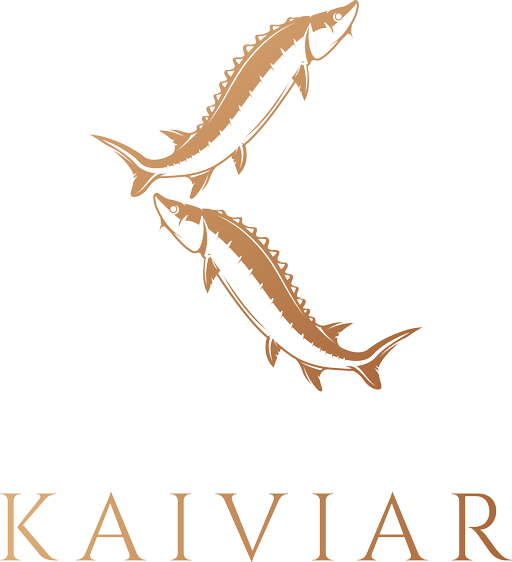Informational
The rich history of Caviar
Caviar is a delicacy that has been enjoyed for centuries, but its history is one that has undergone many changes. From being a staple of the Russian aristocracy to a luxury item enjoyed by people all over the world, the history of caviar is a fascinating one. In this blog post, we will explore the refined history of caviar and how it has evolved over the years.
The Origins of Caviar
Caviar comes from sturgeon, a large fish that can live for up to 100 years and can weigh up to 2,500 pounds. The fish are native to the Caspian Sea, which is bordered by Russia, Iran, and Kazakhstan. These countries have harvested the sturgeon from the Caspian Sea for their eggs for over 2,000 years, making caviar one of the oldest delicacies in the world.
Early History of Caviar
In the early monarchal history of Russia, caviar was reserved for the royalty and aristocrats. The fish eggs were considered a luxury item and were only served on special occasions. The Russian tsars were particularly fond of caviar, and they would often have it shipped to them from the Caspian Sea.
As caviar became more popular, it started to be exported to other parts of the world. In the early 1900s, caviar was a popular food in Europe and was also enjoyed by wealthy Americans.
Caviar During the Soviet Era
During the Soviet era, the production and export of caviar were tightly controlled by the government. The Caspian Sea was divided between the Soviet Union and Iran, and the Soviet Union controlled the sturgeon population in their section of the sea. They tightly regulated the fishing of sturgeon and the production of caviar, ensuring that it remained a luxury item.
However, as the Soviet Union started to collapse in the 1990s, the control over the caviar industry began to weaken. The fishing of sturgeon became unregulated, and the population of the fish began to decline rapidly. This led to a ban on the export of wild sturgeon in 2008, which had a significant impact on the caviar industry.
Caviar Today
Today, caviar is still a luxury item, but it is more widely available than it was in the past. With the decline of wild sturgeon populations, the production of caviar has shifted to aquaculture. This means that sturgeon are raised in controlled environments, and their eggs are harvested for caviar.
The production of caviar is now a global industry, with countries like China, Italy, and the United States producing their own caviar. The taste and quality of caviar vary depending on the type of sturgeon, the environment in which they are raised, and the methods used to process the eggs.
In Conclusion
The refined history of caviar is one that has seen many changes over the centuries. From being a food reserved for royalty to a luxury item enjoyed by people all over the world, caviar has come a long way. While the production and availability of caviar may have changed, its status as a delicacy remains unchanged. Whether enjoyed on its own or as an accompaniment to other dishes, caviar is a food that is truly unique and one that continues to captivate the taste buds of people all over the world.


